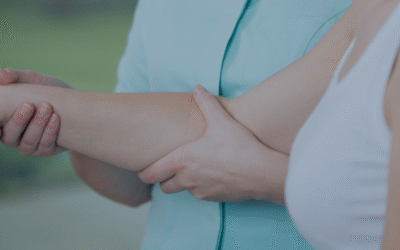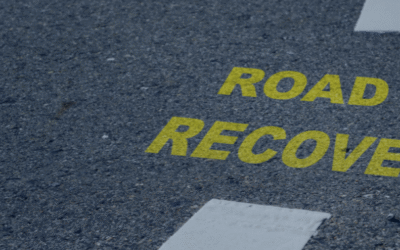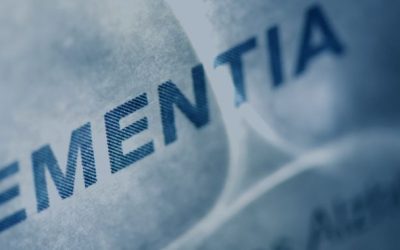The Healing Power of Movement: Why Exercise is Essential for Stroke Patients

A stroke can be a life-altering event, impacting not only the physical well-being but also the emotional and mental health of an individual. Rehabilitation after a stroke is a crucial phase in the journey towards recovery, and one of the key components of an effective rehabilitation plan is regular exercise. In this blog post, we will explore the reasons why exercise is not only considered a cornerstone in the recovery process for stroke patients but why exercise is essential for stroke patients.
- Restoring Mobility and Functionality:
One of the primary goals of post-stroke rehabilitation is to restore mobility and functionality. Exercise plays a pivotal role in achieving this objective by promoting muscle strength, flexibility, and coordination. Stroke survivors often experience muscle weakness or paralysis on one side of the body, and targeted exercises can help regain strength and improve overall motor function.
- Neuroplasticity and Brain Health:
The brain possesses an incredible ability to adapt and reorganise itself, a phenomenon known as neuroplasticity. Exercise stimulates this process, promoting the formation of new neural connections and enhancing the brain’s ability to relearn lost skills. Regular physical activity has been shown to positively impact cognitive function, memory, and attention – crucial aspects of a stroke survivor’s recovery.
- Preventing Secondary Complications:
Stroke survivors are at an increased risk of developing secondary complications such as muscle atrophy, joint contractures, and cardiovascular issues. Exercise helps mitigate these risks by promoting circulation, preventing stiffness, and improving cardiovascular health. Aerobic exercises, in particular, can contribute to reducing the risk of recurrent strokes by addressing factors such as high blood pressure and cholesterol levels.
- Enhancing Mood and Mental Health:
The emotional and mental well-being of stroke survivors is often overlooked but is a crucial aspect of their overall recovery. Exercise has been proven to have a positive impact on mood by releasing endorphins, the body’s natural mood lifters. Moreover, engaging in regular physical activity provides a sense of accomplishment and empowerment, boosting self-esteem and reducing the risk of depression and anxiety.
- Social Interaction and Support:
Group exercise or rehabilitation classes offer stroke survivors the opportunity to engage in social activities, fostering a sense of community and support. Sharing experiences with others who are facing similar challenges can be immensely beneficial, providing emotional support and motivation to adhere to the rehabilitation program.
- Customised Exercise Programs:
Rehabilitation specialists can design personalised exercise programs based on the specific needs and abilities of each stroke patient. These programs may include a combination of strength training, flexibility exercises, balance drills, and aerobic activities. Tailored plans ensure that the exercises are challenging yet achievable, promoting steady progress.
In the aftermath of a stroke, incorporating exercise into the rehabilitation process is not merely a suggestion but a fundamental component for a successful recovery. The benefits extend beyond physical improvements, encompassing cognitive function, emotional well-being, and social integration. Stroke survivors, with the guidance of healthcare professionals, can embark on a journey of healing through movement, unlocking their potential for a fuller, more active life. An active-passive trainer such as the Tigo 558, can play a crucial role in this process by providing a controlled yet dynamic approach to exercise, allowing stroke survivors to gradually regain strength, coordination, and mobility in a supportive environment in their own home.
A good blog post on exercise for post-stroke survivors can be found here at RTE. Written by Rebekah Davison, it provides a good overview of research that suggests that exercise will create greater outcomes for memory and attention in stroke survivors.
Recent Blog Posts
Bridging the Gap: How to Continue Intensive Stroke Rehab After Hospital Discharge
Leaving the hospital after a stroke is a critical time. Irish researchers have identified a “discharge gap,” where many patients feel their care is “fragmented” and they lose access to therapy.
The HSE’s National Stroke Strategy is tackling this by discharging patients earlier with “Early Supported Discharge” (ESD) teams who visit you at home. The Tigo 558 is the perfect partner for this new model. It’s designed to be in your home, ready for you on day one, so there is no interruption to your recovery. It bridges the gap between hospital and home, allowing you to continue the intensive rehab prescribed by your ESD team.
The 2023 Irish Stroke Guideline Sets a New Standard for Recovery. Are You Equipped to Meet It?
This year, stroke recovery in Ireland has a new "gold standard." The new National Clinical Guideline for Stroke - adopted across Ireland and the UK - has officially raised the bar for what your recovery should look like. It's not just a document for hospitals. It has...
Exercise Therapy for Dementia: A Path to Empowerment and Independence
At Beechfield Rehab, we provide innovative solutions to support individuals with dementia. The THERA-Trainer Tigo 558 is a versatile, motor-assisted therapy device designed to improve mobility, strength, and independence.



